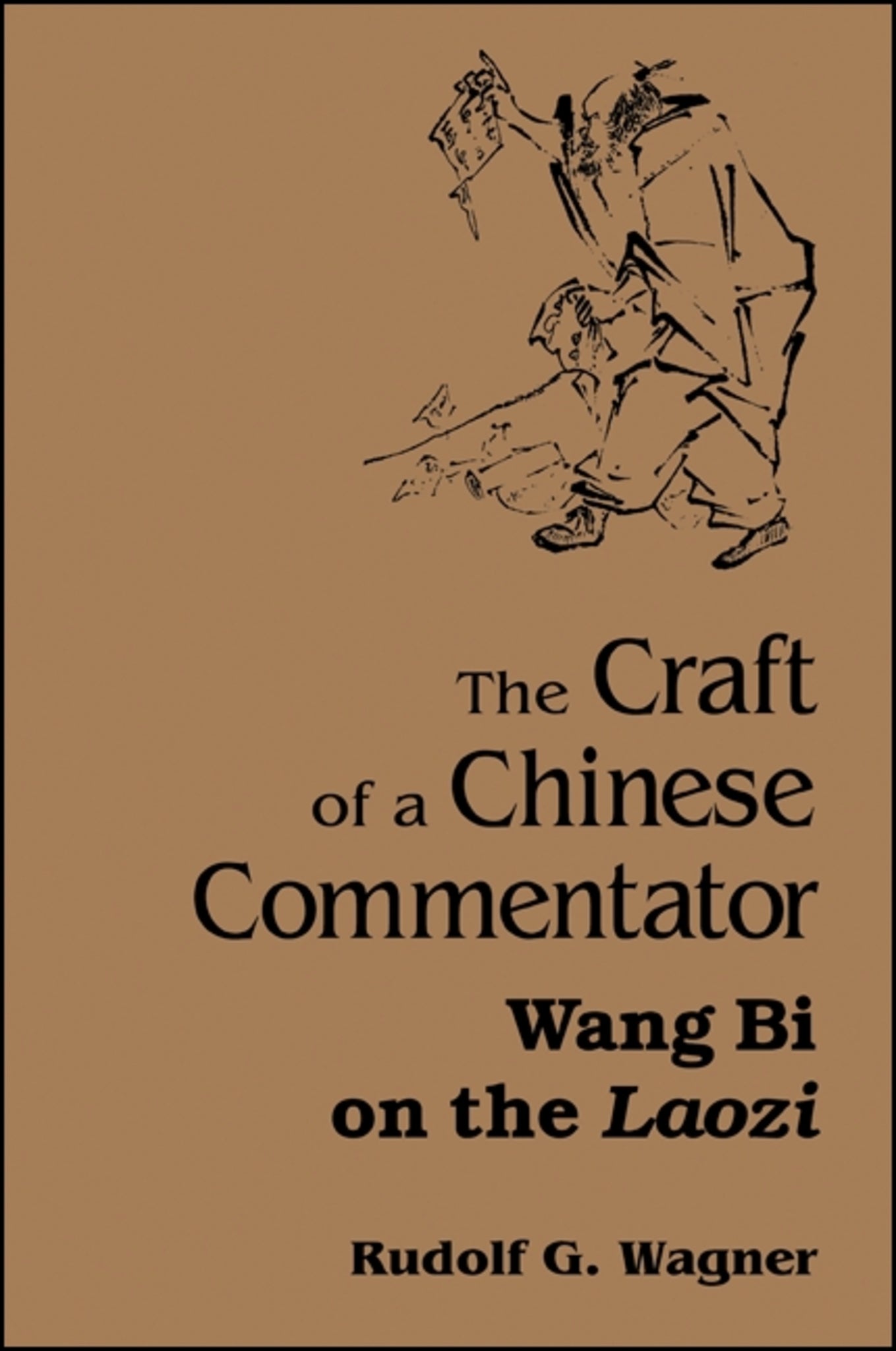We're sorry. An error has occurred
Please cancel or retry.
The Craft of a Chinese Commentator

Some error occured while loading the Quick View. Please close the Quick View and try reloading the page.
Couldn't load pickup availability
- Format:
-
06 January 2000

A systematic study of Wang Bi's (226-249) commentary on the Laozi, this book provides the first systematic study of a Chinese commentator's scholarly craft and introduces a highly sophisticated Chinese way of reading the Taoist classic, one that differs greatly from Western interpretations.
The Laozi has been translated into Western languages hundreds of times over the past two hundred years. It has become the book of Chinese philosophy most widely appreciated for its philosophical depth and lyrical form. Nevertheless, very little attention has been paid to the way in which this book was read in China. This book introduces the reader to a highly sophisticated Chinese way of reading this Taoist classic, a way that differs greatly from the many translations of the Laozi available in the West.
The most famous among the Chinese commentators on the Laozi-a man appreciated even by his opponents for the sheer brilliance of his analysis-is Wang Bi (226–249). Born into a short period of intellectual ferment and freedom after the collapse of the Han dynasty, this self-assured genius, in the short twenty-three years of his life, dashed off two of the most enduring works of Chinese philosophy, a commentary on the Laozi and another on the Book of Changes.
By carefully reconstructing Wang Bi's Laozi text as well as his commentary, this book explores Wang Bi's craft as a scholarly commentator who is also a philosopher in his own right. By situating his work within the context of other competing commentaries and extracting their way of reading the Laozi, this book shows how the Laozi has been approached in many different ways, ranging from a philosophical underpinning for a particular theory of political rule to a guide to techniques of life-prolongation. Amidst his competitors, however, Wang Bi stands out through a literary and philosophical analysis of the Laozi that manages to "use the Laozi to explain the Laozi," rather than imposing an agenda on the text. Through a critical adaptation of several hundred years of commentaries on the classics, Wang Bi reaches a scholarly level in the art of understanding that is unmatched anywhere else in the world.


Preface
Introduction
1. Wang Bi: A Biographical Sketch
Wang Bi's Life
Wang Bi's Afterlife
2. The System of the Classics
A Sketch of Commentary Strategies during the Han Dynasty
3. Technique and the Philosophy of Structure: Interlocking Parallel Style in Laozi and Wang Bi
Introduction
The Discovery of Parallel Style in Western
The Problem: Molecular Coherence
Open Interlocking Parallel Style in the Laozi
Closed Interlocking Parallel Style in the Laozi
Interlocking Parallel Style in Early Texts
Interlocking Parallel Style in Wang Bi's Time
Conclusion
Scholarship
Outside the Laozi
4. Deconstructing and Constructing Meaning
The Hidden Meaning
The Implied Author and His Authority: Kongzi and Laozi
The Status of the Laozi and the Texts
Ascribed to Confucius
The Implied Reader and His Education
The Countertexts
The Homogeneity Hypothesis
The Potentiality of the Text: Comparing
Different Commentary Constructions of the Laozi
Example 1: Laozi 17.1
Example 2: Laozi 6
Example 3: Laozi 11
Conclusions
5. The Craft of Wang Bi's Commentary
Introduction
Integration of Commentary and Text
Emphatic Rejection of Other Readings
Explaining Metaphors, Similes,
Comparisons, and Symbols
Insertion of Subject
Defining Terms through Equivalence
Translating the Text
Merging Terms and Structures
Conclusions
Notes
Bibliography
Subject Index



